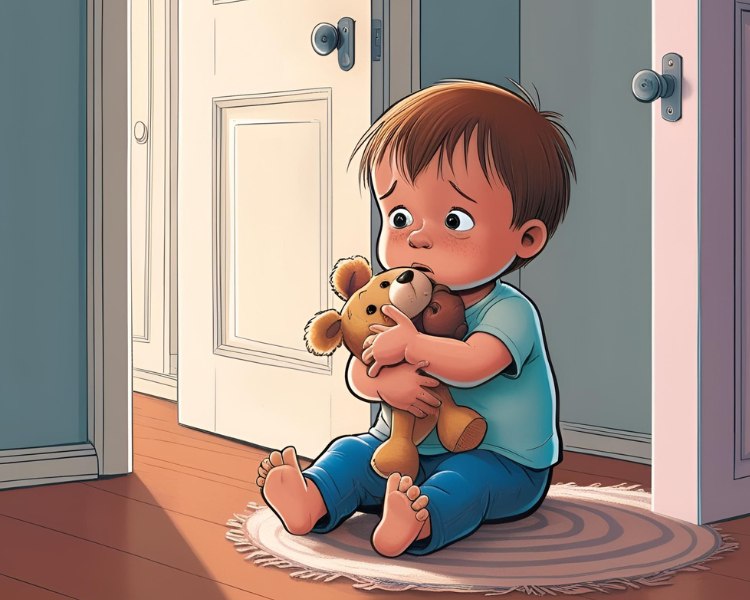
Separation Anxiety at Bedtime: How to Comfort Your Child
Share
Separation anxiety at bedtime is a common challenge for many parents. When children struggle to fall asleep alone, it can lead to disrupted nights, stress, and exhaustion for both kids and caregivers. Understanding why separation anxiety happens and how to ease your child’s fears can create a smoother bedtime routine and better sleep for everyone.
What Causes Bedtime Separation Anxiety?
Separation anxiety is a natural part of child development, typically peaking between 6 months and 3 years of age. However, some children may experience lingering anxiety, especially at bedtime. Common reasons include:
-
Fear of being alone or missing out (FOMO)
-
Changes in routine, such as starting school or moving to a new home
-
Overstimulation from screen time or activities before bed
-
Developmental leaps that heighten attachment to parents
-
Nightmares or fear of the dark
Signs Your Child is Experiencing Separation Anxiety at Bedtime
If your child is experiencing separation anxiety at bedtime, you might notice:
-
Clinginess during the bedtime routine
-
Crying or tantrums when left alone
-
Frequent calls for comfort or reassurance
-
Difficulty falling or staying asleep
-
Following you out of the bedroom repeatedly
How to Comfort Your Child and Ease Bedtime Anxiety
1. Establish a Predictable Bedtime Routine
A structured and calming bedtime routine can provide comfort and security. Stick to a consistent schedule that includes activities like a warm bath, bedtime story, and cuddles to help your child feel safe and relaxed.
2. Create a Reassuring Sleep Environment
Make your child’s bedroom a cozy and inviting space by:
-
Using a nightlight to reduce fear of the dark
-
Adding a favorite stuffed animal or security blanket
-
Playing soft white noise or lullabies to create a soothing atmosphere
3. Offer Gradual Independence
Help your child adjust to sleeping alone by gradually increasing their comfort level:
-
Start by sitting beside their bed until they fall asleep.
-
Over time, move farther away until they feel secure falling asleep independently.
-
Praise small victories to build confidence.
4. Provide Comforting Goodnight Rituals
Simple reassurance can go a long way. Try:
-
A special bedtime phrase (e.g., “I love you, see you in the morning!”)
-
A kiss on the forehead or a secret handshake
-
Leaving behind a personal item like a scarf or small pillow with your scent
5. Avoid Lengthy Goodbyes
Prolonging bedtime with multiple check-ins or giving in to extra demands can reinforce anxiety. Instead, reassure your child with a calm, confident goodbye and stick to the routine.
6. Encourage Positive Sleep Associations
Teach your child to associate their bed with comfort and safety by:
-
Reading bedtime stories about brave or independent characters
-
Using relaxation techniques like deep breathing or gentle back rubs
-
Rewarding progress with praise or a small incentive (e.g., sticker charts)
